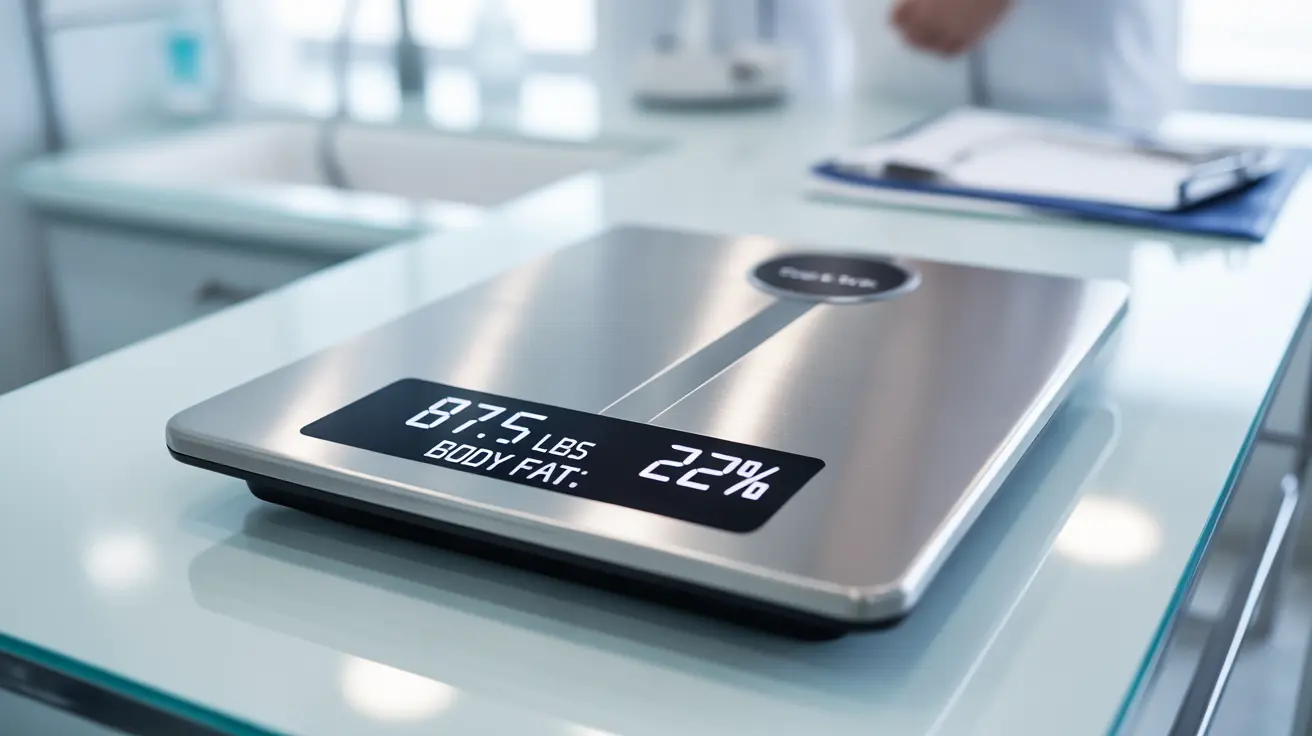The deadlift stands as one of the most fundamental and effective strength training exercises, offering a comprehensive array of benefits that extend far beyond just building muscle. This compound movement, when performed correctly, can transform your overall fitness, enhance daily functionality, and contribute significantly to your long-term health goals.
Understanding what deadlifts are good for can help you make informed decisions about incorporating them into your fitness routine. From strengthening multiple muscle groups simultaneously to improving posture and reducing injury risk, deadlifts offer unique advantages that few other exercises can match.
Core Benefits of Regular Deadlifting
Regular deadlifting provides numerous health and fitness benefits that can enhance both athletic performance and everyday life activities. Here are the key advantages:
Total Body Strength Development
Deadlifts engage multiple major muscle groups simultaneously, making them an extremely efficient strength-building exercise. The primary muscles targeted include:
- Lower back muscles (erector spinae)
- Gluteus maximus
- Hamstrings
- Quadriceps
- Core muscles
- Trapezius and shoulder muscles
- Forearm and grip muscles
Enhanced Functional Fitness
The deadlift closely mimics movements we perform in daily life, such as lifting heavy objects or picking things up from the ground. This functional aspect makes it particularly valuable for:
- Improving lifting technique in everyday situations
- Reducing the risk of injury during daily activities
- Enhancing overall movement efficiency
- Building practical strength for real-world applications
Impact on Back Health and Posture
Contrary to common misconceptions, properly executed deadlifts can actually help strengthen the back and improve posture. The exercise works by:
- Strengthening the entire posterior chain
- Developing core stability
- Teaching proper hip hinge mechanics
- Reinforcing neutral spine positioning
When performed with correct form, deadlifts help create a stronger foundation for better posture and can potentially reduce lower back pain by strengthening the supporting muscles.
Proper Deadlift Technique
To maximize benefits and minimize injury risk, proper form is crucial. Here are the key elements of a correct deadlift:
Setup Position
- Feet hip-width apart
- Barbell positioned over mid-foot
- Hips higher than knees
- Chest up, shoulders back
- Neutral spine alignment
Movement Execution
- Grip the bar with hands just outside the legs
- Brace the core
- Push through the floor with legs
- Keep the bar close to the body
- Stand tall at the top, squeezing glutes
Frequently Asked Questions
What are the main health benefits of doing deadlifts regularly?
Regular deadlifting increases overall strength, improves bone density, enhances metabolic health, builds functional fitness, and can help prevent injury by strengthening supporting muscles throughout the body. It also improves coordination and body awareness while promoting better posture.
Can deadlifts help reduce lower back pain, and how?
Yes, deadlifts can help reduce lower back pain by strengthening the entire posterior chain, including the lower back muscles. They teach proper lifting mechanics and develop core stability, which provides better support for the spine. However, proper form is essential, and those with existing back conditions should consult a healthcare provider first.
Which muscles do deadlifts work and why are they important for strength?
Deadlifts work multiple major muscle groups including the back, glutes, hamstrings, quadriceps, core, and forearms. This comprehensive muscle engagement makes them highly effective for building overall strength and improving physical performance in both athletic activities and daily life.
How do deadlifts help improve posture and support daily activities?
Deadlifts strengthen the posterior chain muscles responsible for maintaining proper posture and teach correct hip hinge mechanics. This translates directly to better posture and more efficient movement patterns in daily activities like lifting objects, bending over, and standing for long periods.
What is the proper way to perform a deadlift to avoid injury and get the best results?
Proper deadlift form involves maintaining a neutral spine, keeping the bar close to your body, bracing your core, and driving through your legs while keeping your chest up. Start with lighter weights to master the form, gradually increase weight as technique improves, and consider working with a qualified trainer initially to ensure proper execution.




